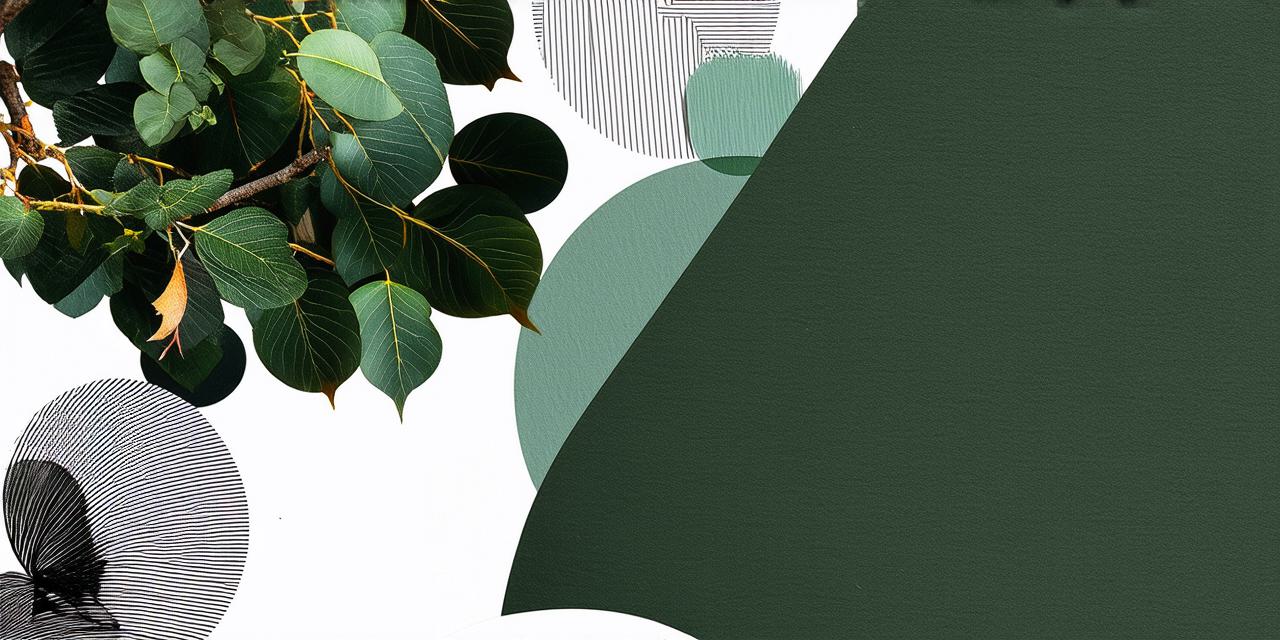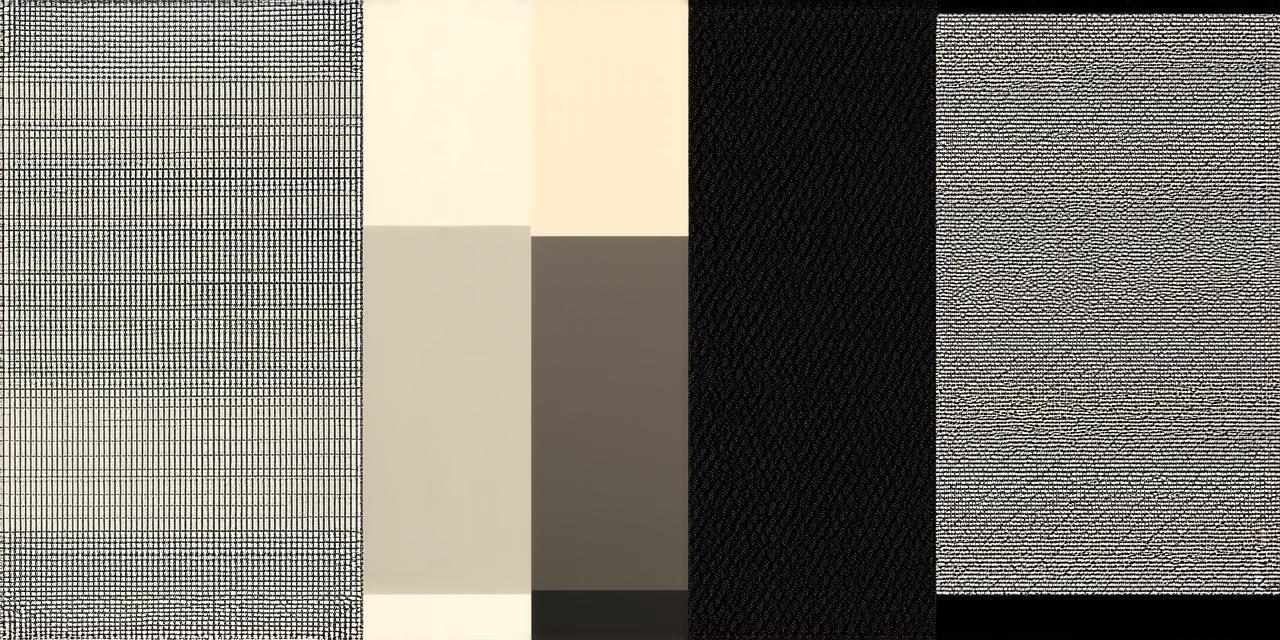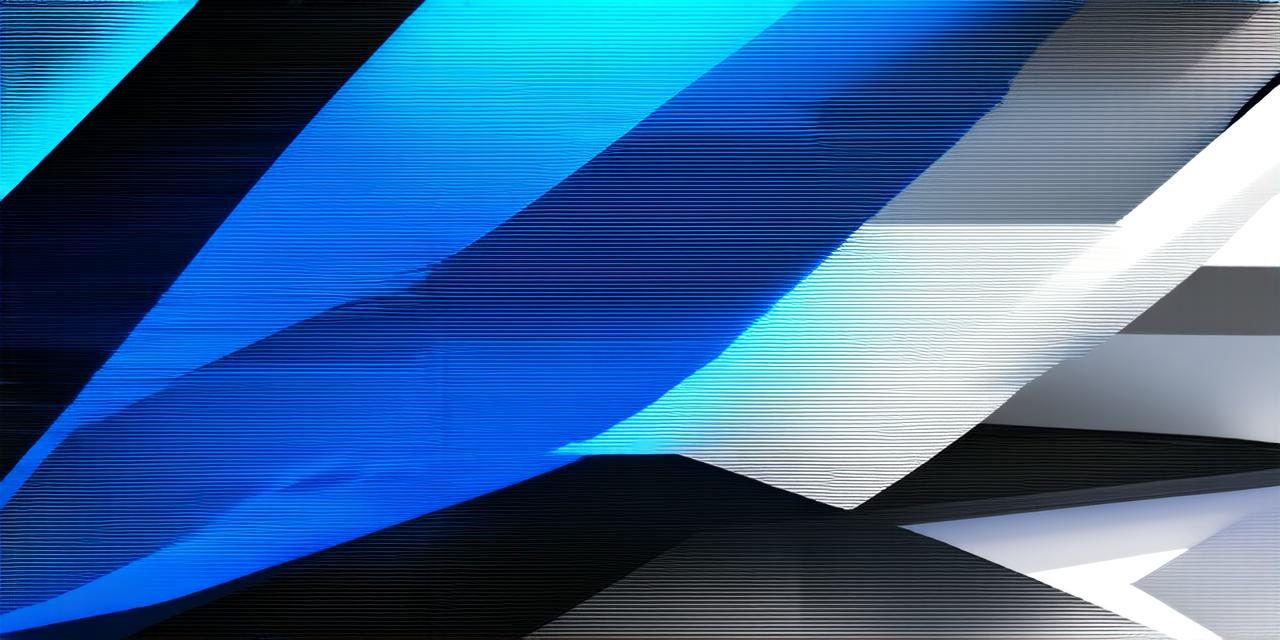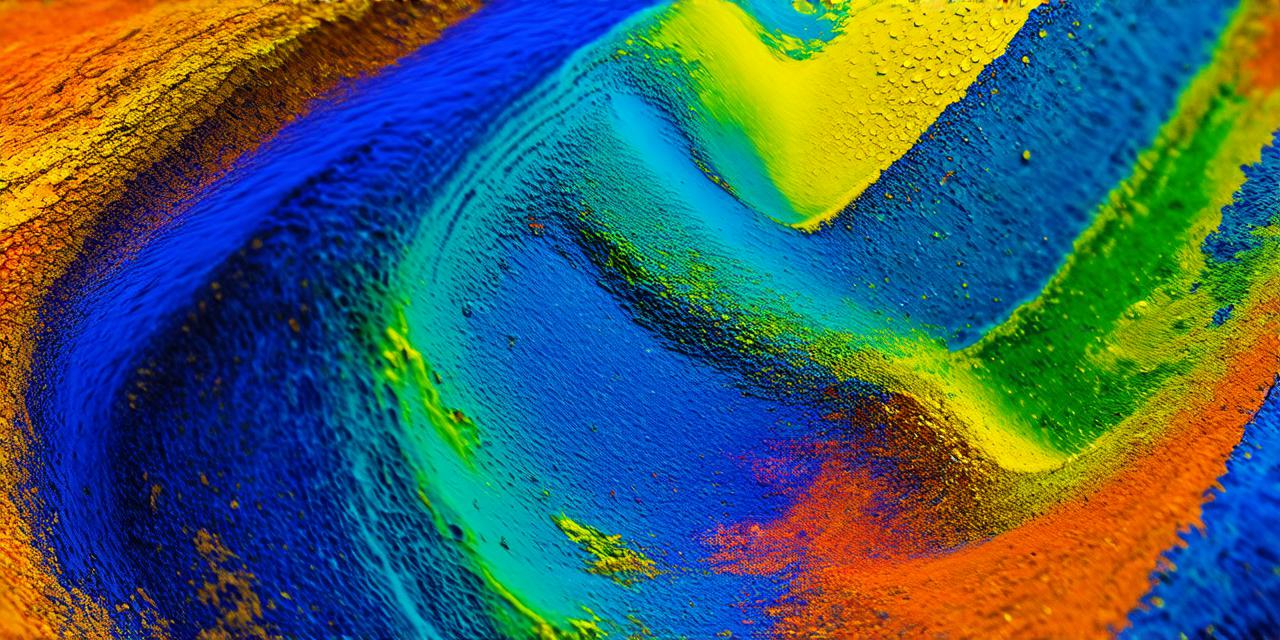The intersection of digital design and art is a rapidly evolving field that offers artists new forms of expression and creativity.
In recent years, there has been a growing trend of using digital design techniques as an art form, blurring the line between traditional and digital media.
Digital design refers to the process of creating visual or interactive content using digital tools such as computers and software. It can include everything from website design and graphic design to user interface (UI) design and animation. The goal of digital design is to create visually appealing and engaging experiences for users, whether they are interacting with a website, app, or other digital product.
Art, on the other hand, refers to the practice of creating works that express emotions, ideas, or observations. It can take many different forms, from paintings and sculptures to photographs and installations. The purpose of art is not necessarily to create a functional object, but rather to explore new ideas and challenge our perceptions of the world.
The intersection of digital design and art offers several benefits to artists and audiences alike. Firstly, it allows artists to explore new forms of expression and creativity that were not possible before. For example, artists can use digital design tools to create immersive installations or interactive experiences that would be difficult or impossible to achieve with traditional mediums.
Secondly, the intersection of digital design and art allows artists to create more immersive and engaging experiences for audiences. By using digital design techniques, artists can create experiences that are more dynamic, interactive, and engaging than traditional art forms. This creates a deeper connection between the artist and the audience, allowing them to interact with the work in new and meaningful ways.
Finally, the intersection of digital design and art can help to bridge the gap between art and technology, making it easier for people to understand and appreciate both fields. As digital design becomes more widely used as an art form, it can help to demystify the world of technology and make it more accessible to a wider audience. This can lead to greater appreciation and understanding of both art and technology, which are becoming increasingly intertwined in our daily lives.
Case Studies: Intersection of Digital Design and Art
To illustrate the intersection of digital design and art, let’s take a look at some real-life examples:
1. Rafael Lozano-Hemmer is a great example of how digital design can be used as an art form. He creates large-scale installations that use technology to create immersive experiences for viewers. One of his most famous works is the “Pulse Room,” which uses sensors and projectors to track the heartbeats of people in the room, creating a dynamic and ever-changing display. This installation blurs the line between art and science, using technology to explore the human body and our emotions.
2. Another example is the work of teamLab, a Japanese digital art collective that creates immersive installations using technology. Their most famous installation is the “Borderless Digital Museum,” which features a vast space filled with projections, light, and sound, creating an otherworldly experience for viewers. This installation uses digital design techniques to create a dynamic and engaging environment that encourages visitors to explore and interact with the art.
3. Finally, there are many artists who use digital design tools to create traditional art forms. For example, illustrator John Kricfalusi uses Photoshop to create detailed illustrations that have a retro 1980s feel. His work is often used in comic books and cartoons, demonstrating how technology can be used to create traditional art forms in new ways. This shows how digital design can be integrated into traditional artistic practices, expanding the possibilities for artistic expression.
The Benefits of the Intersection of Digital Design and Art
There are several benefits to the intersection of digital design and art:
1. It allows artists to explore new forms of expression and creativity that were not possible before. For example, artists can use digital design tools to create immersive installations or interactive experiences that would be difficult or impossible to achieve with traditional mediums.

2. It allows artists to create more immersive and engaging experiences for audiences. By using digital design techniques, artists can create experiences that are more dynamic, interactive, and engaging than traditional art forms. This creates a deeper connection between the artist and the audience, allowing them to interact with the work in new and meaningful ways.
3. It helps to bridge the gap between art and technology, making it easier for people to understand and appreciate both fields. As digital design becomes more widely used as an art form, it can help to demystify the world of technology and make it more accessible to a wider audience. This can lead to greater appreciation and understanding of both art and technology, which are becoming increasingly intertwined in our daily lives.



